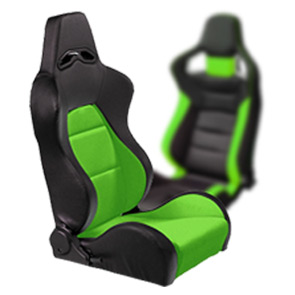throttle cable linkage
Understanding Throttle Cable Linkage A Key Component in Engine Performance
Throttle cable linkage is an essential component in the operation of an automobile's engine, significantly influencing performance and responsiveness. As the vehicle's throttle controls the air and fuel mixture entering the engine, the throttle cable linkage plays a crucial role in connecting the accelerator pedal to the throttle body. This connection allows the driver to control the engine's power and speed effectively.
A typical throttle cable linkage consists of a flexible cable that transmits the movement of the accelerator pedal to the throttle body. When the driver presses the accelerator pedal, the cable pulls on the throttle linkage, which in turn opens the throttle plate. This allows more air into the engine, which, when combined with fuel, increases power output. Conversely, releasing the pedal allows the throttle plate to close, reducing air intake and power.
One of the primary advantages of a mechanical throttle cable linkage is its simplicity and reliability. Unlike electronic throttle control systems, which rely on sensors and electronic signals, mechanical systems have fewer points of failure. This direct connection provides more immediate feedback to the driver, enhancing responsiveness and driving feel. Many enthusiasts prefer mechanical linkages for their straightforward design and the more tactile connection they offer with the vehicle's performance.
throttle cable linkage

However, throttle cable linkages are not without their challenges. Over time, cables can stretch, fray, or become sluggish due to dirt or wear. A poorly functioning cable can lead to various issues, such as delayed throttle response or unintended acceleration. Regular maintenance, including checking and lubricating the cable, is essential to ensure smooth operation. Some vehicles also offer adjustable throttle cables, allowing for fine-tuning of the throttle response according to the driver's preference or driving conditions.
Modern vehicles, particularly those equipped with advanced electronic control units (ECUs), are gradually moving towards drive-by-wire systems, where the traditional mechanical linkage is replaced by electronic sensors and actuators. While these systems can offer greater precision and integration with engine management systems, enthusiasts often argue that they lack the direct connection that cable linkages provide.
In conclusion, throttle cable linkage remains a vital aspect of many vehicles, particularly older models and performance cars. Its role in linking the driver's input directly to the engine gives drivers a sense of control and engagement. As automotive technology evolves, the integration and comparison of mechanical and electronic systems will continue to shape how we experience vehicle performance. Understanding throttle cable linkage is crucial for both drivers and mechanics alike, ensuring optimal performance and safety on the road.
-
Upgrade Your Clutch System with Premium Hydraulic Clutch LinesNewsJul.31,2025
-
Unlock the Power of Precision with Our Throttle CablesNewsJul.31,2025
-
Unleash Power and Precision with Our Accelerator CablesNewsJul.31,2025
-
Experience Unmatched Safety with Premium Handbrake CablesNewsJul.31,2025
-
Enhance Your Vehicle's Performance with Quality Gear CablesNewsJul.31,2025
-
Workings of Clutch Pipe and Hose SystemsNewsJun.04,2025
